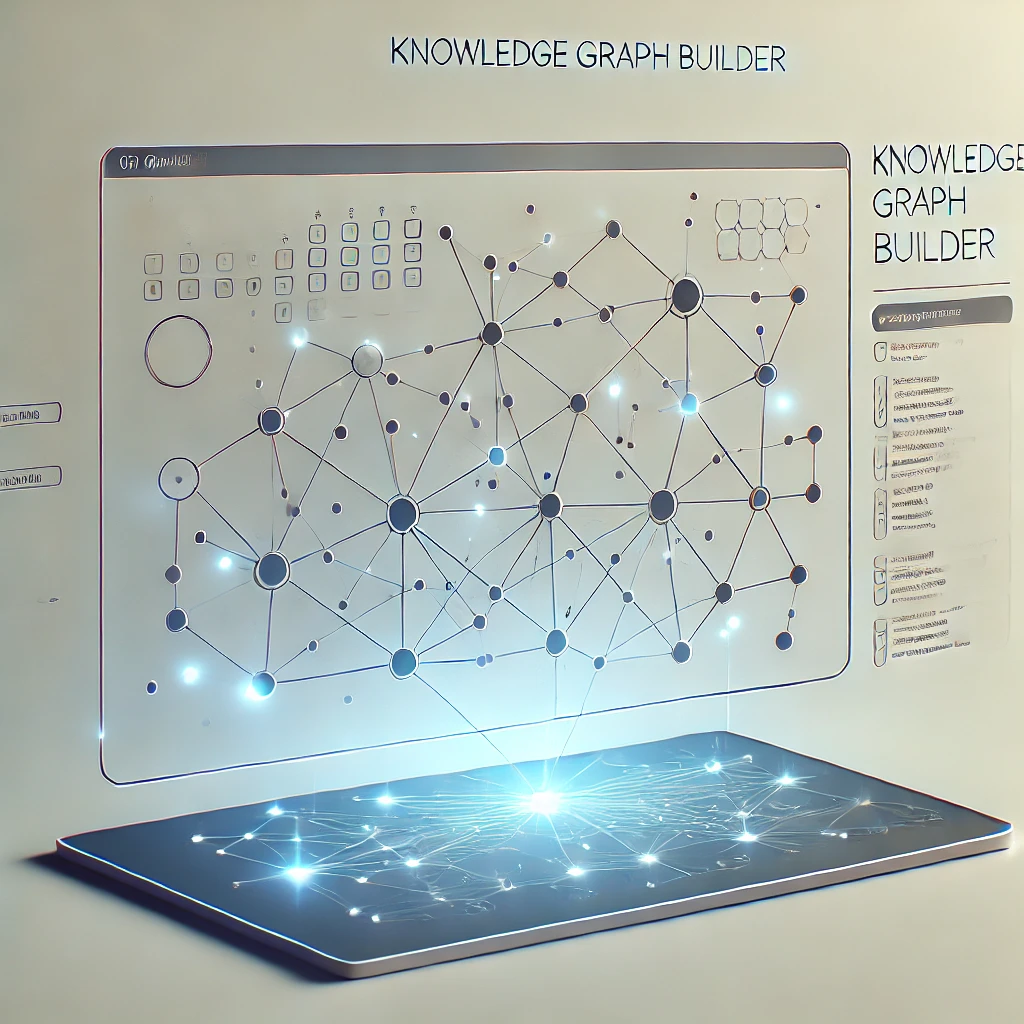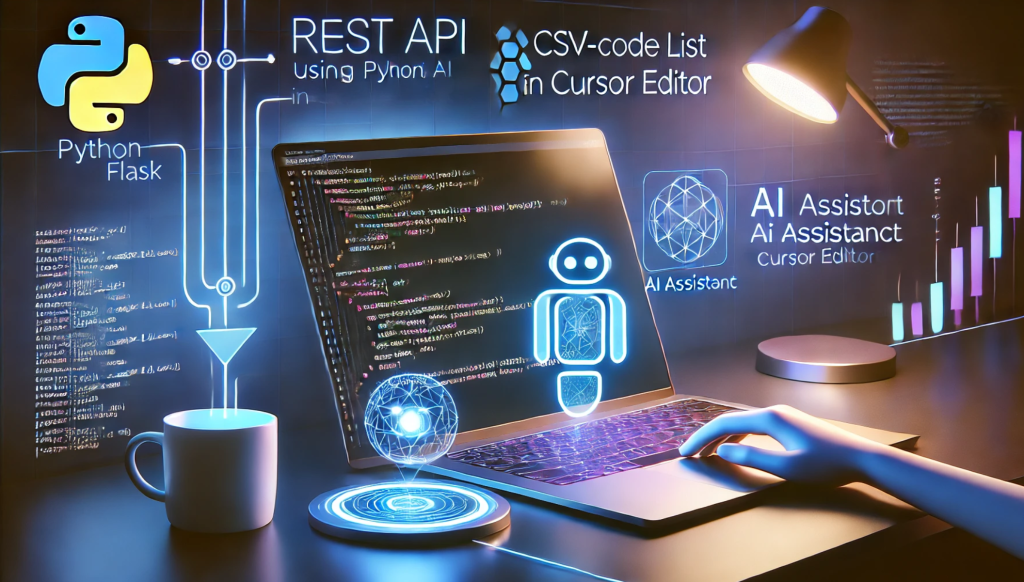AI in Health: A Brief Scoping Review

Towards a Comprehensive Classification System for Healthcare AI Applications Author Introduction The rapid advancement of artificial intelligence (AI) technologies has significantly transformed healthcare practices across numerous domains. From diagnostic support to treatment planning, AI applications continue to proliferate throughout medical specialities, creating a complex and diverse landscape of implementations. While research on AI in healthcare […]
How to Install ComfyUI and Run Flux on Mac

A Step-by-Step Guide If you’re looking to leverage ComfyUI for AI-driven workflows and run Flux for advanced functionalities on your Mac, this guide is for you! Whether you’re an AI researcher, developer, or just exploring these tools, follow these step-by-step instructions to get everything up and running smoothly. What is ComfyUI? ComfyUI is a powerful, modular, and node-based user interface designed for […]
What is Qwen2.5-MAX: A Practical Exploration And Personal Experience

Introduction This article presents my hands-on experience with Qwen2.5-MAX, an advanced open-source large language model developed by Alibaba. I set up and explored this model on my personal computer to evaluate its capabilities against GPT-4.5, a recognised leader in AI technology. Through practical tests involving diverse prompts, this exploration provides insights into Qwen2.5-MAX’s strengths and […]
LLM-Graph-Builder

LLM-Graph-Builder: Converting Data into a Knowledge Graph Source: DALLE-3 Author Introduction Creating structured graphs out of unstructured text can be both exciting and challenging. At its core, you’re transforming free-form sentences into connected entities and relationships—effectively turning text into a network of information that’s much easier to analyse and query. This concept of extracting knowledge […]
Developing a REST API in Python and Flask Using Cursor Editor and AI

Created using DALL.E on 17 March 2025 Introduction REST APIs are essential for modern web applications, enabling seamless communication between frontend and backend services. Building them from scratch can be time-consuming, but with the right tools, we can streamline the process. This is where Cursor Editor comes in. Cursor is a code editor similar to […]
How to install n8n on Mac and create an LLM pipeline using GPT API

Author Introduction In this comprehensive guide, we will walk through creating an intelligent AI calendar assistant which will combine n8n’s workflow automation with OpenAI’s powerful GPT models. The best part? We’ll be running everything locally on your Mac, with full control over your data and no monthly subscription fees. n8n stands for “nodemation” and is […]
How to install n8n and create an LLM pipeline using Ollama & Docker

Tutorial for Windows Users This image is generated by the author using ChatGPT 4o [https://chatgpt.com/share/681056e3-9f28-800c-be8a-d8e98543d391]. Author: Immanuel Alvaro Bhirawa ORCID ID: 0009-0009-3354-7794 Introduction Large language models (LLMs) are transforming the way we engage with technology, delivering remarkable capabilities in natural language understanding and generation. However, incorporating these models into your projects can feel overwhelming due […]
Exploring Machine Common Sense

The Key to Achieving Artificial Intelligence This article explores and analyses the paper ‘Can AI have common sense? Finding out will be key to achieving machine intelligence’ by Mayank Kejriwal and colleagues. The paper was published in 2024. Introduction As artificial intelligence (AI) continues to evolve, one of the most interesting challenges researchers face is […]
What is Llama 4?

A Deep Dive into Meta’s Latest AI Breakthrough Author: Yao Chen (ORCID:0009-0007-1385-3343) Introduction In April 2025, Meta AI released Llama 4, the latest iteration of its open-weight large language model (LLM) family. Building on the success of its predecessors, Llama 4 introduces groundbreaking features like native multimodal capabilities, an innovative Mixture of Experts (MoE) architecture, […]
ROR: Mapping Research Organisation IDs

Understanding How the Research Organisation Registry is Used Across the Web Created using DALL.E on 2 March 2025 Author Introduction In today’s digital research landscape, finding, accessing, and connecting scholarly information has become increasingly complex. How do we reliably identify research outputs, the people who create them, and the organisations where this work takes place? […]